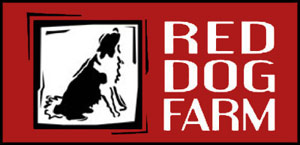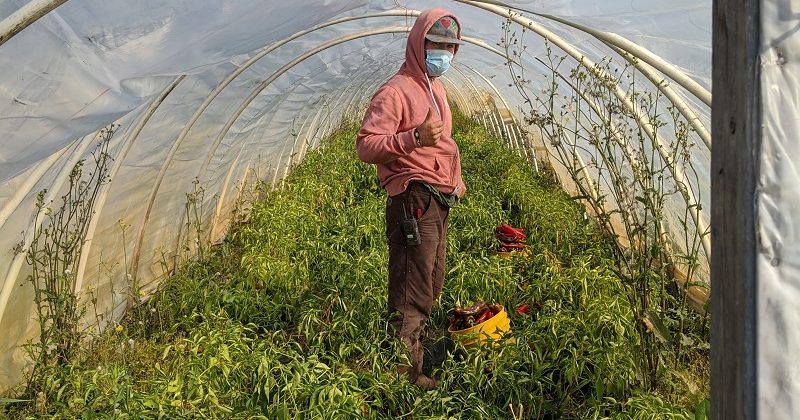Killdeer at Work
Lately I have really been appreciating the killdeer that grace our farm fields. Killdeer are a small brown and white bird with dark bands across its chest, long legs, and a long thin beak. Perhaps best known for their practice of performing a broken-wing charade to distract predators from their nest, their piercing call is also very distinctive. They seem to travel in small flocks, often working over a patch of the field.
What I love the best about killdeer is that they eat soft-bodied insects. This summer and fall I have been noticing an unusual abundance of them, especially in our new leased field, Inglis. I know exactly why the killdeer are suddenly very happy here- they are feasting on wireworm larva! It turns out wireworm thrive in recently plowed pastures, and sure enough we have had the displeasure of experiencing heavy wireworm pressure. We’ve been employing extra cultivation practices in Inglis to bring these larva to the surface, to make it easier for birds to access them, and it seems the killdeer are rewarding us for our efforts. Hurray killdeer!!
I just love when I get to witness part of the natural world at work and can understand some of the dynamics at play. So often millions of inter-species interactions are happening all around us every minute and we are completely unaware. It is really rewarding to be tapped into even just one of the “whys”, especially when it happens to be helpful.
Killdeer makes nests on the ground, and since we leave a lot of buffer around our fields with un-mowed grasses and shrubs, they likely will be happy and produce many wireworm-eating babies for years to come.
Part of our organic pest strategy is to employ a long-term vision. In addition to feeding the birds, we rotate our fields, use fabric to physically block pests, use varieties with built-in resistance, and create crop plans that keep in mind the strengths and weaknesses of the different fields. One thing about organic farming I love is that I am firmly reminded every day, I’m not in charge. I can set things up better the more aware I am of the millions of variables, and on a good day, I sit back and let the killdeer do all the work.
~Karyn

